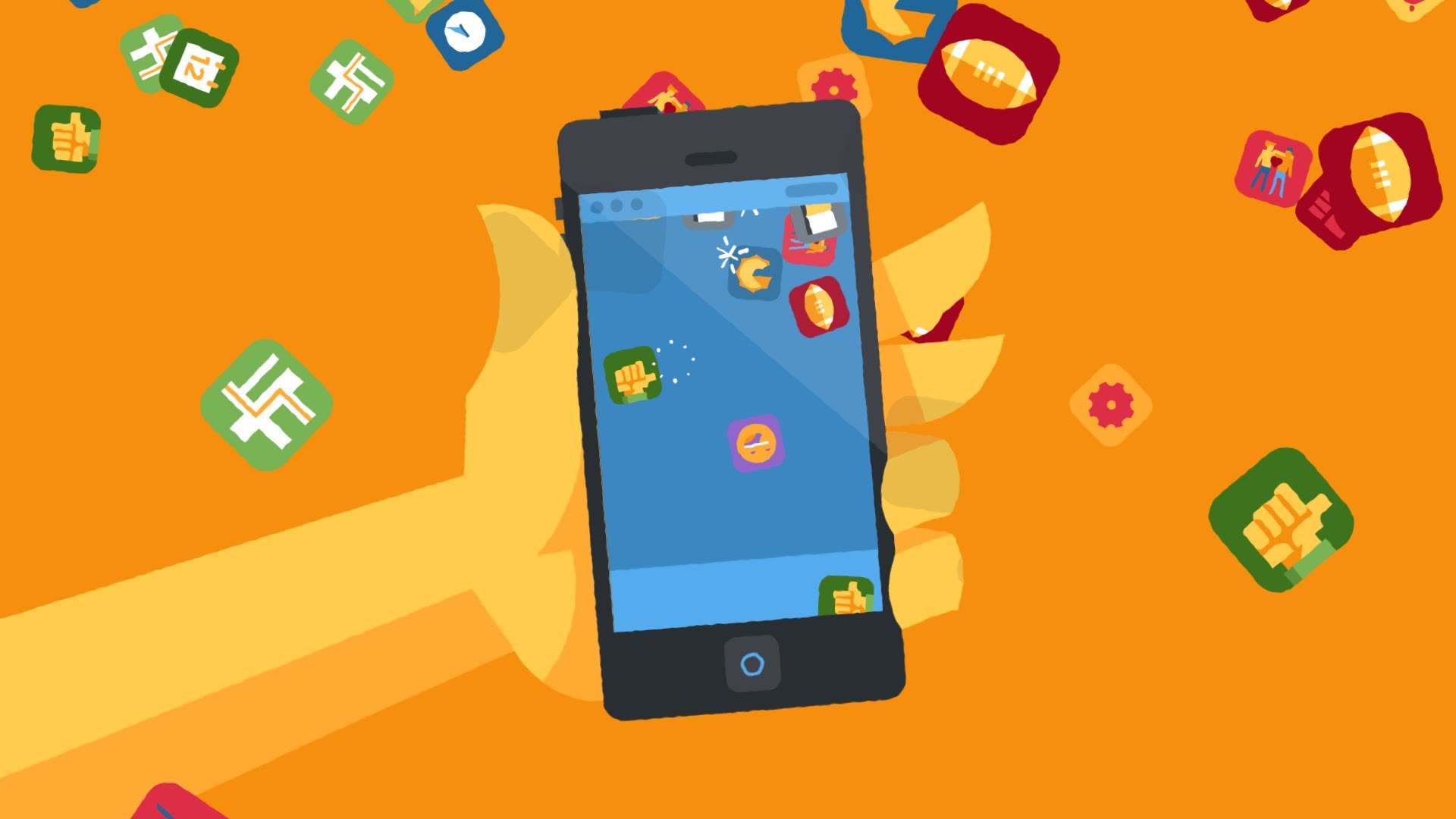Recently, Bitcoin has flooded the news cycle, rising in value from about 1,000 per bitcoin on January 1st 2017 to upwards of $16,000 as of December 7th 2017. Square, a prominent payment app, recently announced they will pilot a program that allows for Bitcoin trade. With Bitcoin on the rise, the all-important question becomes: Should your app or website accept cryptocurrencies?
Over the next several weeks, we will endeavor on a series of blogs to answer all of the questions necessary to make that decision, including:
- What cryptocurrencies are, how they work, and why they are important.
- The pros and cons of accepting cryptocurrencies on your app or website
- Choosing your cryptocurrency wallet.
- What Blockchain is, how it’s important to cryptocurrencies and its other revolutionary applications.
- An exploration of why Bitcoin is the most popular cryptocurrency and of other prominent cryptocurrencies.
In order to explore cryptocurrencies, we must start at the beginning. The first successful cryptocurrency was Bitcoin, created in 2008 by the still unknown inventor Satoshi Nakamoto. While Nakamoto’s identity is still a mystery, the significance of their invention is not. They initially announced it as a “Peer-to-Peer Electronic Cash System”. Past attempts at creating digital currency involved a decentralized system, however, Nakamoto attempted to decentralize the currency by mimicking the technique of Peer-to-Peer file sharing networks.
In order for a payment network to function, there must be a ledger to prevent fraudulent double spending—forged transactions. In the physical world, banks function as the central entity which keeps records about balances. With Bitcoin, Nakamoto created an alternate system. Since the network is decentralized, every entity on the network must have a list with all transactions to check if future transactions are valid. Not only that, there must be an absolute consensus about the records in order for them to become a part of an immutable record of historical transactions known as the “Blockchain”.
Nakamoto set in place a rule that only “miners” can confirm transactions. Miners take transactions, verify them in exchange for a token of cryptocurrency, validate them, and spread them in the network so that every node adds them to the database and the transaction becomes a part of the blockchain. The only way to create a valid Bitcoin is for a miner to complete this function.
Technically, anyone can be a miner. Since there is no central authority to regulate mining and prevent a ruling party from abusing it, Nakamoto set a rule that miners need to invest some of their computing power to the solving of a cryptographic puzzle using the SHA 256 Hash algorithm, in order to verify transactions. Without getting too technical, the miner must complete a cryptographic puzzle in order to build a block and add it to the blockchain, the reward for which is a specific number of Bitcoins depending on the difficulty of the puzzle. Miners compete to solve these problems and the first to solve it and validate the transaction receives the reward. This is part of the consensus that no peer can break.
While the system is complex, the use of the currency is ultimately quite simple. As outlined in BlockGeeks overview, 5 properties separate Bitcoin transactions from other transactions:
- Bitcoin transactions are irreversible.
- They are not tied to real-world identities but to pseudonymous addresses. This is one of the reasons Bitcoins are frequently used on the black market.
- Transactions are enacted instantly and are global.
- Cryptocurrencies are secured by a cryptography, making them extremely secure.
- Without a central authority, cryptocurrencies are permissionless to use.
Cryptocurrencies often limit the supply of tokens, which is true of Bitcoin. The token supply of Bitcoin decreases in time and will reach its final number sometime around 2140. The monetary supply is controlled by a schedule written in code—in other words, purely through mathematics.
Whereas the statement on your bank account represents a debt owed to you by the bank, Bitcoins are not indicative of debts, they are literal currency with inherent value like a diamond. And the value of that currency has skyrocketed in the past year. Only 10 years after its creation, Bitcoin and cryptocurrencies are currently in an inchoate stage, making it all the more important for intelligent citizens to track their progress and global impact.
Next week, we will review the pros and cons of accepting cryptocurrencies through your app or website. Stay tuned!











